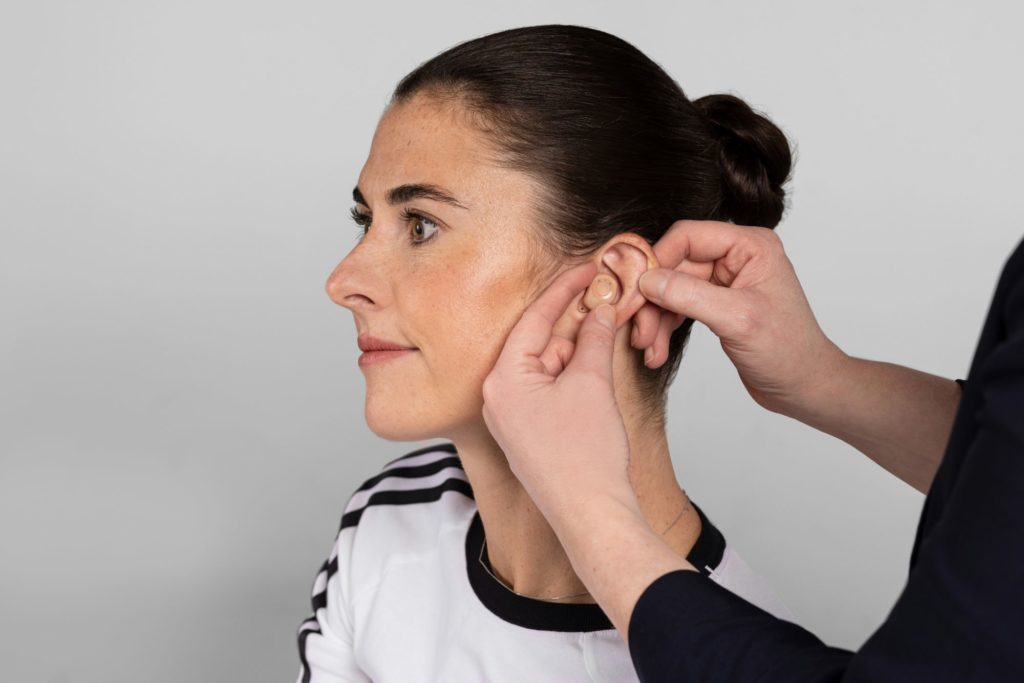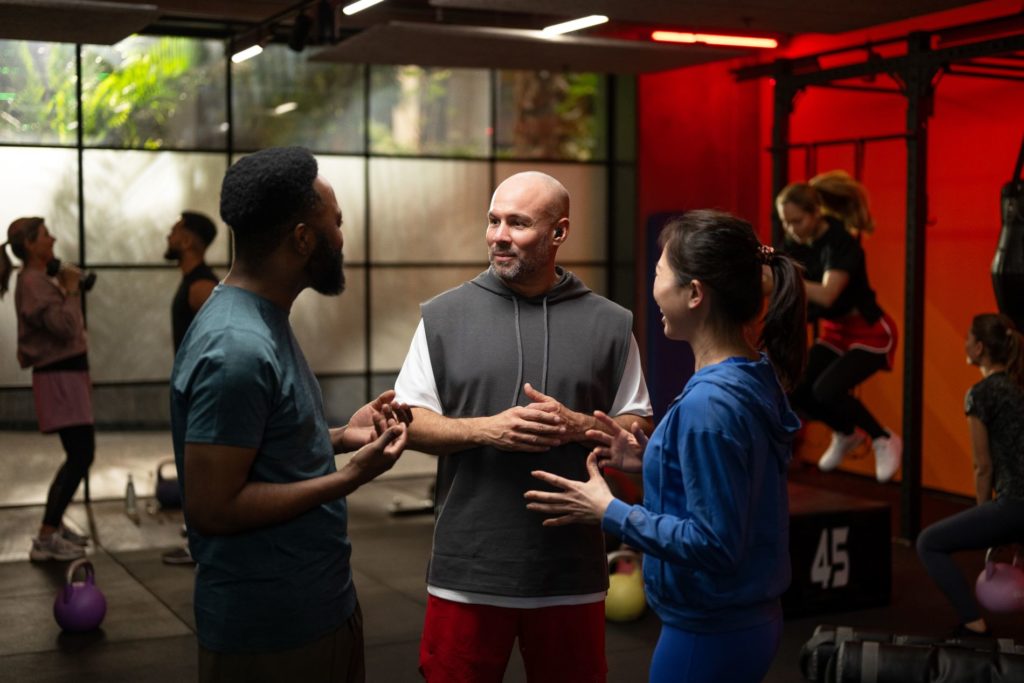Tips for adjusting to new hearing aids
Hearing aids are the most effective treatment option for hearing loss but they can take some time to get used to, especially if you’ve never worn them before.
From the physical aspect to the way your brain processes sounds, there are a lot of different factors that come with adjusting to hearing aids.
Whether you’re wearing a hearing aid for the first time or you’ve just upgraded to a new device, this step-by-step guide should help you adjust to it and improve your confidence in wearing it in all listening situations.
1. Understand the adjustment period
With any new hearing aid, there will usually be an adjustment period. Getting used to hearing aids is a journey, not an overnight change and you need to give yourself time to adjust to them.
Not only are you tasked with getting to grips with how they work, but your brain will also need to relearn how to process sounds it might not have heard in a long time. Some sounds might sound strange at first – even the sound of your own footsteps or a loved one’s voice – but that’s completely normal!
The hearing aid adjustment period can sometimes take up to four months until you’re completely used to them, but it may even take longer than this. Everyone is different, and there’s no need to worry if you’re taking a little longer than expected.

2. Wear them at home first
You really can’t beat the comfort of your own home, and this is the best place to try out your new hearing aids. Your home is the perfect low-stress environment as it’s familiar and quiet, and you’ll be able to focus on individual sounds you recognise a lot easier.
Using your hearing aids at home will give you the best opportunity to adjust the different layers of sound around you without feeling overwhelmed. For example, you can experiment with adjusting the volume on the TV and honing in on quiet sounds such as the clock ticking or the tap running. This is also a good chance to get used to adjusting the settings on your hearing aids to adapt to the sounds around you.
3. Start slowly, gradually increasing usage
If you’re a new hearing aid user and you’re really struggling to adjust to your new listening capabilities, it’s a good idea to build up your tolerance slowly.
You don’t need to wear your hearing aids from morning until night right away if that’s not comfortable. Starting with just a few hours a day in calm settings whilst gradually increasing the duration can make all the difference.
If you’re starting to feel fatigued, take short breaks and try again later. Over time, your ears and brain will adjust, making it easier to wear them for longer periods without any discomfort.
4. Listen to everyday sounds
When wearing hearing aids for the first time, you might just be surprised by how much sound you’ve been missing! Simple sounds like the rustling of leaves or the kettle boiling might stand out to you more than before.
It’s normal for this to feel overwhelming at first but it’s a good sign as it shows your new hearing aids are working for you! Try to re-familiarise yourself with these kinds of sounds by taking the time to focus on them – that way, your brain will start to recognise and filter them naturally.

5. Practice in different environments
Once you’ve gained your confidence at home and your hearing aids are starting to feel more comfortable, it’s a good idea to challenge yourself in different environments. Simply taking a trip to your local shop, cafe or park can be the switch-up you need to start adapting to different sounds and spaces.
Placing yourself in these environments can help you practice picking out voices from background noise and getting used to identifying directional sounds. If it feels like too much at first, take it one step at a time and start with quieter locations before moving to busier ones.
6. Take time to educate yourself
Your audiologist will help you select the hearing aid that best suits your needs and ensure it’s set up correctly to help you get the most out of it, but taking the time to educate yourself can make a huge difference in speeding up the adjustment process.
The more you understand about how your hearing aids work, the better your experience will be. Learn how to adjust settings, clean them, and troubleshoot minor issues. Many modern hearing aids now also come with smartphone apps that allow you to personalise your listening experience.
We have a useful selection of hearing aid how-to videos here that guide you through pairing different devices with your phone and TV.
7. Participate in different conversations
It’s natural for conversations to feel a bit different when wearing new hearing aids for the first time, especially in group settings.
A great way to help you get over this hurdle is starting with one-on-one discussions in quiet places to allow you to focus on a single voice and adjust to how speech sounds. Then as you get more comfortable, introduce yourself to group discussions and then move on to busier environments like small gatherings.
If background noise makes it difficult to follow a conversation, here are a few helpful strategies:
- Face the speaker – Watching lip movements and facial expressions can help you understand speech more easily
- Position yourself carefully – Sit with your back to a wall or in a quieter part of the room to minimise background noise
- Let others know you’re adjusting – Friends and family can help by speaking clearly, facing you directly, or reducing background noise where possible

8. Be patient
Along with the tips above, the key to adjusting to new hearing aids is really being patient with yourself. In many cases, you are likely to see a noticeable improvement immediately after getting your new hearing aids fitted but it isn’t always plain sailing – and that’s okay!
Retraining your brain to process sound in a new way can take some time, so it’s completely normal to experience some moments of frustration along the way.
Set realistic expectations and focus on small victories like being able to hear sounds you haven’t heard for a while, and being able to participate better in conversations. Consistency is key and there’s no need to try and rush the process.
9. Get support from your audiologist
Remember, you’re not on this journey alone – your audiologist is there to support you and ensure you have the smoothest transition with your new hearing aids. If something doesn’t sound right, or if you’re struggling with discomfort, always reach out to your audiologist as they can help to make adjustments, provide tips, and ensure you’re getting the best possible experience from your hearing aids.
This is why choosing the right audiologist is crucial, as finding someone you can trust to help you get the most from your hearing aids has a huge impact on your journey. At Harley Street Hearing, all of our hearing aid patients receive lifetime aftercare with regular follow-up appointments to ensure their hearing aids are still working optimally for them.
These follow-up appointments are hugely important to your journey as they give you the opportunity to discuss how you’ve been getting on and if you’ve been having any problems. Similarly, our audiologists can also identify if there are any settings that need to be adjusted or changes that need to be made.
At Harley Street Hearing, you’re always in safe hands. We pride ourselves on our passion to always find the right treatment for our patients and offer them unrivalled aftercare.
Our clinics are based in London, and we offer a range of different hearing care services to help you reach your full hearing potential. To book an appointment, call us on 020 7486 1053 or contact us online.
Enjoy this article? You might be interested in some of our others:












